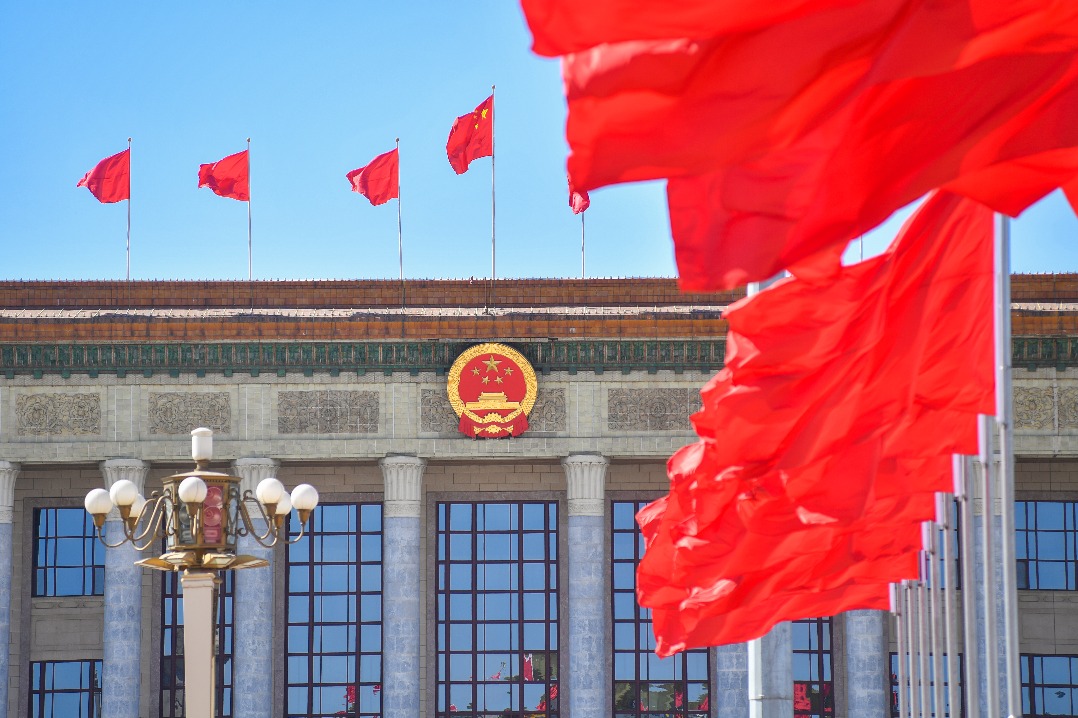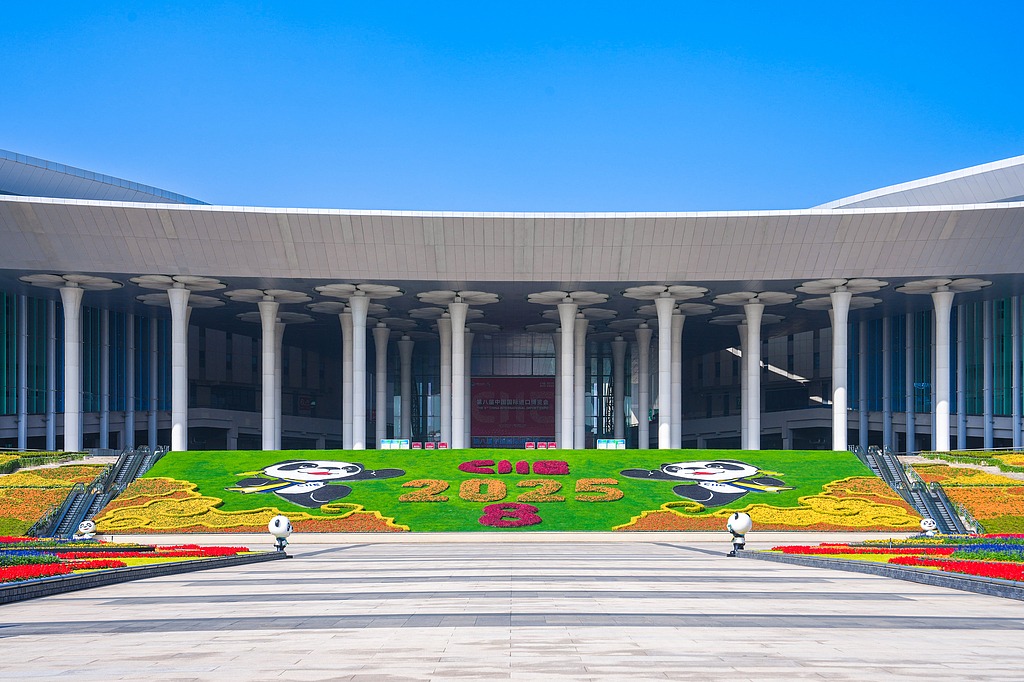Museum set up by French naturalist stands test of time
Renowned establishment celebrates its 110th anniversary, Yang Cheng reports in Tianjin.

French naturalist Emile Licent (1876-1952) could scarcely have envisioned the enduring impact his brainchild, the Hoangho Paiho Museum in Tianjin, would wield over a century after its establishment in bridging cultural frontiers between China and France.
The metamorphosis of Licent's creation into the illustrious Tianjin Natural History Museum, drawing about 300,000 visitors annually, is a testament to his pioneering vision.
The 110th anniversary celebration of the museum kicked off in late September, witnessing a convergence of global researchers in Tianjin, fostering collaborative ventures in the field, and was a highlight during the 60th anniversary of diplomatic ties between China and France this year.
Distinguished entities from institutions in France, such as the Rombies Historical and Archaeological Research Society, the National Museum of Natural History, and the Natural History Museum of Nantes, converged during the commemorative event, boosting communication, research and exhibition ties with the Tianjin Natural History Museum.
Preceding the festivities, Rombies, the hometown of Licent, generously contributed rare glimpses of his formative years, enriching the museum's retrospective on its century-long legacy and enduring Sino-French diplomatic ties.
Zhang Caixin, curator of the Tianjin Natural History Museum, expressed optimism about deepening partnerships with French counterparts. "We are ready to take solid steps in research communications and more personnel exchanges," she says.
Noteworthy collaborations were inked with Hebei University and Tianjin Foreign Studies University, alongside a formalized partnership with 15 natural history museums during the event.
Eight prominent institutions, including the Institute of Vertebrate Paleontology and Paleoanthropology, which is part of the Chinese Academy of Sciences, and the Tianjin Bureau of Planning and Natural Resources, collectively donated 2,647 biological specimens.
The current site of the Tianjin Natural History Museum, a mere 2.5 kilometers from its original location in the Wudadao (Five Greater Avenues) area, preserves Licent's legacy, the Hoangho Paiho Museum, which is still open to the public, with unwavering fidelity, encompassing its original architecture, collections, display cases and historical materials.
"The 110-year-old institution, among the first batch of China's early-stage museums, stands out as the only one that still preserves its original site, architecture, collections, display cases, documents and related materials since its inception," Zhang says.
The museum has not rested on its laurels, making great strides in the past century with its science education, services and research, she adds. "We aim a further takeoff in the new era," she says, referring to the development of the Tianjin Natural History Museum.
Great contributions
Licent, who was a Jesuit, devoted his life to scientific exploration in China, traversing vast expanses of northern China, amassing a trove of over 200,000 geological, paleontological, botanical and folklore specimens. He adopted the Chinese name Sang Zhihua.
His contributions to ancient mammalogy in China, including the discovery of four major ancient mammal groups across various provinces, have been pivotal in shaping the nation's paleontological landscape.
Acknowledged for unearthing the first Paleolithic artifact in China and advancing archaeological, paleomammalogy and anthropological research, Licent's legacy endures as a cornerstone of China's prehistoric archaeology. Under his watch, major discoveries were made.
His seminal discoveries are said to have dispelled the Western research circle's misconceptions about China's Paleolithic era, laying the groundwork for a century of archaeological exploration in the country.
He shipped some of his valuable research and findings to France while leaving the majority in China in the museum. For example, in the National Museum of Natural History in France, a skeleton of a woolly rhinoceros is on exhibition. This was discovered by Licent, while a similar one is on show in Tianjin.
He was honored with the Legion of Honour from France, as well as a Jiahe Medal, a medal awarded to people making contributions to China in the 1920s.
The Hoangho Paiho Museum was named by Licent to commemorate his work near the Yellow River (Hoangho) and the Haihe River (called Paiho during his time).
"China possesses such a wealth of late Cenozoic mammal fossils for comparison and further study, primarily thanks to Licent's contributions," says Qiu Zhanxiang, an academician of the Chinese Academy of Sciences.
Gao Xing, a researcher at the Institute of Vertebrate Paleontology and Paleoanthropology of the Chinese Academy of Sciences, believes that "writing history about the hundred years of Chinese archaeology shall be started with Licent's research".
Philippe Guillet, curator of the Natural History Museum of Nantes in France, says the Tianjin museum reflects the cultural exchanges between the two nations. "I believe the museum makes the city have unique cultural characteristics," he adds.
Licent had no descendant to join the 110th-anniversary celebration. One of the descendants of a research partner of Licent in China, the granddaughter of the nephew of Pierre Teilhard de Chardin (1881-1955), who's also vice-chairwoman of the Friends of Teilhard de Chardin, joined the event.
Yu Shuxiang, a researcher who traveled to France and wrote his biography, viewed Licent as a bridge connecting ancient and modern exchanges of science and culture between the East and the West. "He was a promoter of scientific and cultural exchanges between China and France. In this regard, the role he played is unparalleled," Yu says.
In 2019, the Tianjin Natural History Museum was designated a key national cultural heritage protection unit by the State Council, underscoring its significance in fostering cultural exchanges between China and France.
Licent's profound impact, transcending generations, continues to kindle narratives of scientific and cultural exchange between Eastern and Western civilizations, perpetuating his legacy as a trailblazer in international collaboration, Zhang concludes.


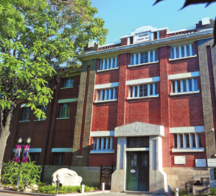

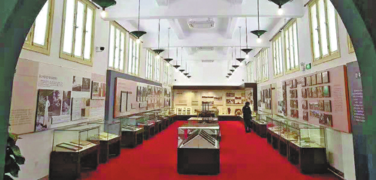
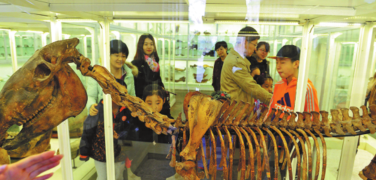
Today's Top News
- Ever-evolving Canton Fair highlights China's commitment to innovation, global cooperation
- Xi, Fiji president exchange congratulations on 50th anniversary of ties
- AI can boost energy security in APEC
- Worries about China's dumping in ASEAN unfounded
- Li meets with foreign leaders attending CIIE
- Cholera not just a medical challenge


















